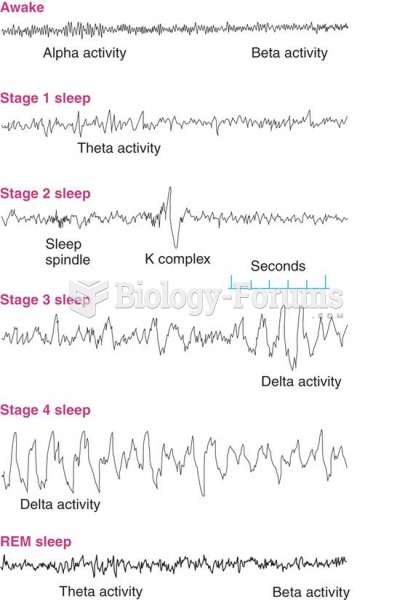Answer to Question 1
10 Clearly describe six specific characteristics important to behavioral observations. Give six concrete and practical examples of behaviors that might be measured by each of the characteristics and describe how each behavior would be measured.
8 Clearly describe six specific characteristics important to behavioral observations. Give five or six concrete and practical examples of behaviors that might be measured by each of the characteristics and describe how each behavior would be measured.
6 Somewhat clearly describe five or six specific characteristics important to behavioral observations. Give five or six somewhat concrete and practical examples of behaviors that might be measured by each of the characteristics and five or six descriptions of how each behavior would be measured.
4 Describe less than five specific characteristics important to behavioral observations in an unorganized or unclear way. Give less than five examples of behavior that might be measured by each of the characteristics and less than five descriptions of how each behavior would be measured. Both examples and descriptions are somewhat unclear.
2 Provide little or no understanding of the six characteristics important to behavioral observations.
Answer to Question 2
10 Compare and contrast formal and informal assessment: for each, include types of measures given, what could be measured, and who might use the assessment. Conclude by giving a concrete and clear description of how informal assessment could be used in the classroom.
8 Compare and contrast formal and informal assessment: for each, include types of measures given, what could be measured, and who might use the assessment. Conclude by giving a concrete and clear description of how formal and informal assessment could be used in the classroom.
6 Compare and contrast formal and informal assessment. Include two to three of the following: types of measures given, what could be measured, and who uses the measurement tools. Conclude by giving a somewhat clear explanation of how formal and informal assessment can be used with own students.
4 Compare and contrast formal and informal assessment. Include one to two of the following: what types of measures are given, what can be measured, and who uses the measurement tools. Conclude by giving a sparse explanation of how to use formal and informal assessment with own students.
2 Somewhat compare and contrast informal and formal assessment. Include one or none of the following: what types of measures are given, what could be measured, and who uses the measurement tools. Conclude by giving sparse or no information about using formal or informal assessment with own students.







